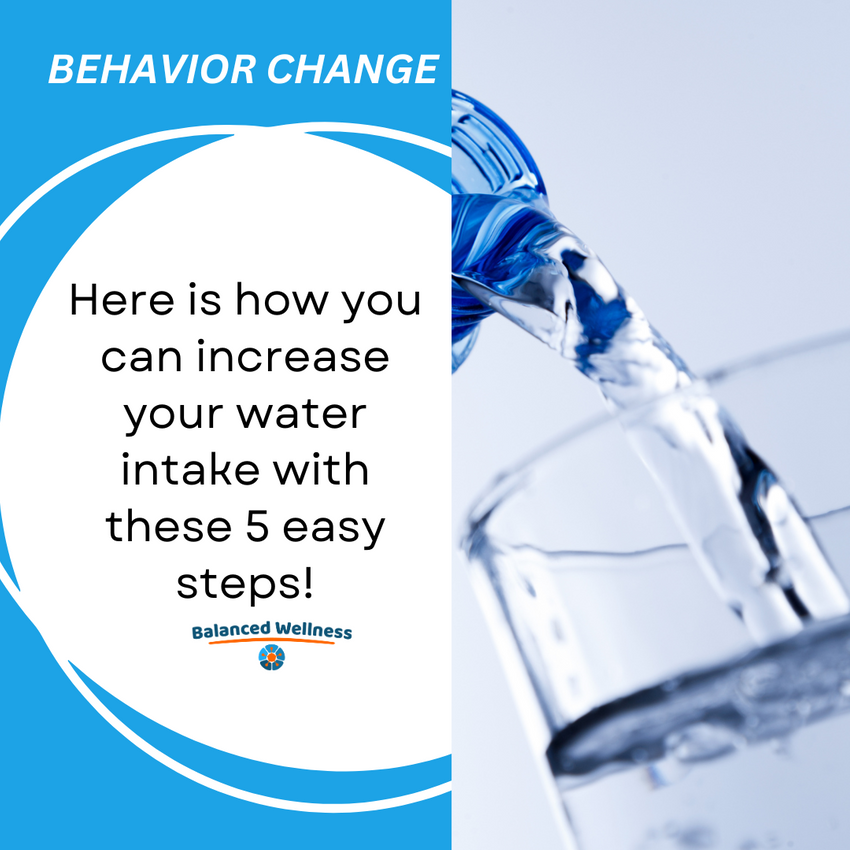
Sweet, sweet water!
Updated December 19, 2025.
The Power of Water: A Simple Step to Transform Your Health
Water is often called the essence of life, and for good reason. It’s not just a thirst-quencher; it’s a fundamental building block of health and well-being. From boosting your energy levels to supporting your body’s natural detoxification processes, water plays a vital role in keeping us alive and thriving. Yet, many of us underestimate its importance, often reaching for caffeinated or sugary beverages instead. Let’s take a closer look at why water is so essential for health and how you can make hydration a priority in your daily life.
Why Your Body Loves Water
Our bodies are made up of about 60% water, and nearly every function depends on it. Here are some of the key ways water supports your health:
1. Improves Physical Performance
Water helps regulate body temperature, lubricate joints, and transport nutrients to cells. During exercise or physical activity, dehydration can lead to fatigue, muscle cramps, and reduced endurance. Staying hydrated ensures your body functions optimally, helping you perform your best.
2. Enhances Brain Function
Even mild dehydration can impact your mood, memory, and concentration. Studies show that staying hydrated can improve cognitive performance, helping you think more clearly and make better decisions. If you find yourself feeling foggy or irritable, a glass of water might be just what you need.
3. Aids Digestion
Water is crucial for digestion, as it helps break down food and absorb nutrients. It also keeps things moving smoothly through your digestive system, preventing constipation. Adding more water to your diet can improve gut health and overall digestive comfort.
4. Supports Detoxification
Your kidneys and liver rely on water to filter and eliminate toxins from your body. Without enough water, these organs can’t function effectively, which may lead to a buildup of waste. Drinking water regularly helps your body flush out unwanted substances and maintain a healthy balance.
5. Promotes Healthy Skin
Staying hydrated keeps your skin moisturized from the inside out, reducing dryness and promoting a healthy glow. While water alone won’t erase wrinkles or acne, it can improve elasticity and overall skin appearance when combined with a balanced diet and skincare routine.
How Much Water Do You Need?
The classic recommendation is to drink eight 8-ounce glasses of water per day, but hydration needs vary depending on factors like age, activity level, and climate. A good rule of thumb is to listen to your body. If you’re thirsty, drink water. Also, monitor the color of your urine—pale yellow indicates good hydration, while dark yellow suggests you may need more fluids.
Tips to Stay Hydrated
1. Start Your Day with Water
Kickstart your hydration by drinking a glass of water first thing in the morning. This helps replenish fluids lost overnight and sets a healthy tone for the day.
2. Carry a Water Bottle
Having a reusable water bottle on hand makes it easy to sip throughout the day. Opt for one with volume markings to track your intake.
3. Make Water Interesting
If plain water feels boring, add natural flavor with slices of lemon, cucumber, or berries. Herbal teas and sparkling water are also great options to keep things exciting.
4. Hydrate Before Meals
Drinking water before meals can help with portion control and digestion. It’s a simple way to ensure you’re meeting your hydration goals while supporting healthy eating habits.
5. Set Reminders
Use apps or alarms to remind yourself to drink water regularly. This can be especially helpful if you’re busy or tend to forget.
The Bottom Line
Water is one of the simplest and most effective tools for improving your health. From boosting energy to supporting detoxification and digestion, its benefits are undeniable. By making hydration a daily habit, you’re investing in your long-term well-being. Start small—add an extra glass of water to your routine each day and build from there. Your body will thank you for it.
